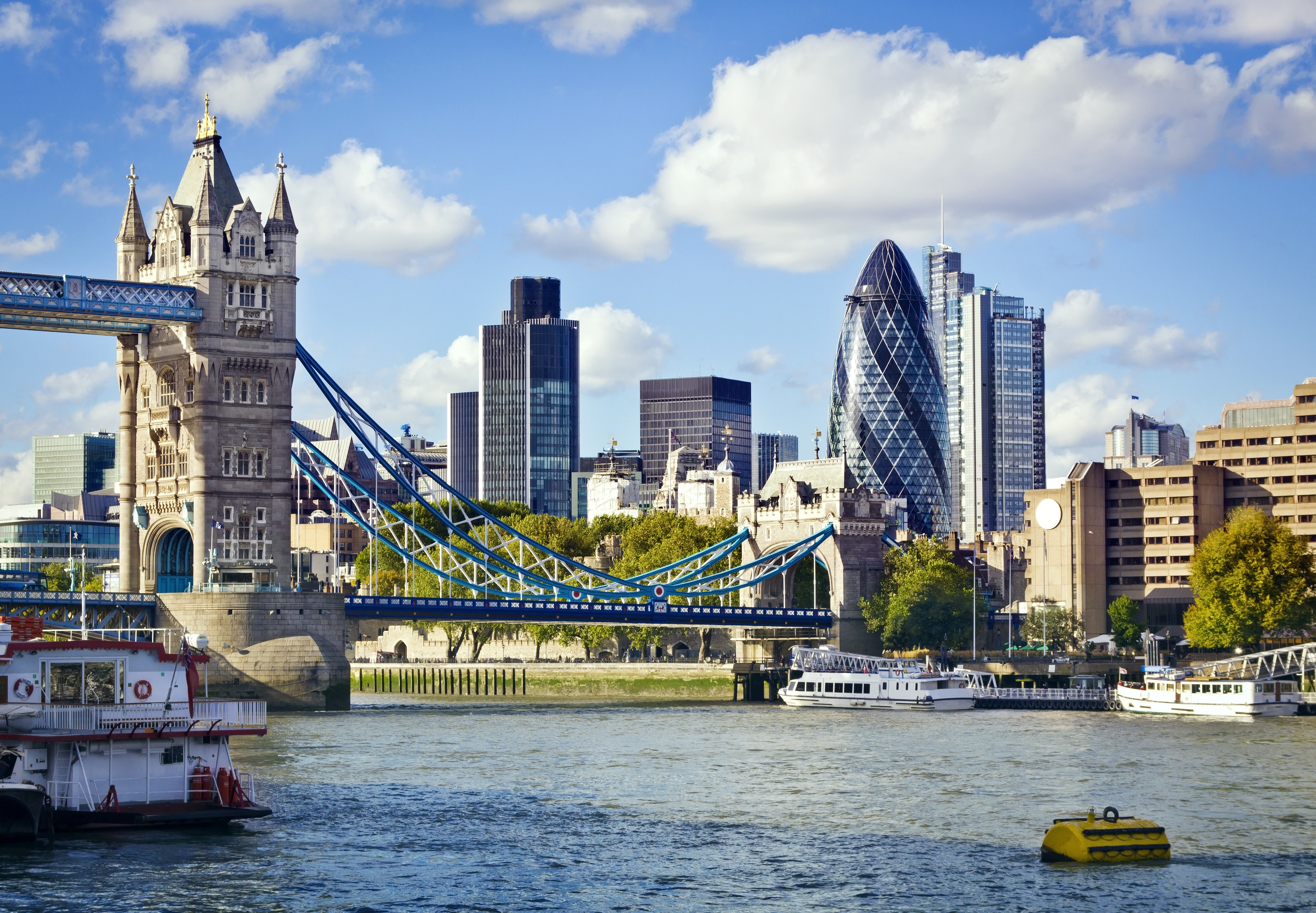Think back to times spent at university; large, inclusive spaces from classrooms to libraries, restaurants to sports facilities. The campus approach is evolving.
The corporate campus has become a trend within the corporate real estate world, especially in the US. It has now become a source of aspiration – inspired in part by the likes of Google, Facebook and Apple - for large organisations seeking to build university-style centres of excellence rather than the traditional office buildings.
The corporate campus originated in 1942 when AT&T created Bell Labs in New Jersey – but at this point they were known as industrial parks, or research and technology parks. Since then, the idea of a corporate campus has evolved into an entirely different model.
The corporate campus is an attempt to blend workplace and lifestyle requirements – to incorporate social and cultural benefits into the office much of this driven by the wellness agenda. And some of the existing campuses merge the work and life aspect so fluidly – incorporating several social events into their sprawling campuses alongside skill aiding workshops – that members are increasingly compelled to spend more time within the working environment.
The key players
Whilst it’s not just limited to a particular industry – the key players in the campus trends tend to be those in the tech sector. Those in commercial real estate are undoubtedly aware of the sprawling Apple campus. Apple is set to complete their corporate campus by the end of 2017, which has been said to resemble a spaceship, though employees have already started to move in.
The gargantuan space, in Cupertino, California, will be officially named Apple Park and constructed over 175-acres – it’s so large that various forms of (eco-friendly) transport have been provided to ensure people can get from one side of the campus to the other.
Within the campus, it’s said that they’re trying to encourage employees to “take advantage of open work spaces to discourage an office-like atmosphere”. This will include 18-foot tables throughout to be used as co-working spaces for employees – though reports of some senior members disliking this have been echoed. The campus is said to, when completed, have cost the company an impressive $5 billion.
Googleplex is another example of this trend; Google’s HQ boasts facilities such as laundry rooms, swimming pools, volleyball courts and 18 cafeteria’s available to all members of staff. Googleplex was even dubbed “the modern day Willy Wonka factory” due to the plethora of facilities available to members and it continues to grow. No Oompha Loomphas have been spotted as of yet though!
Amazon’s Urban Campus in the heart of downtown Seattle employs over 40,000 people within the area. Across the campus, they’re incorporating aspects such as outdoor dog parks, playfields and a recyclable heating system for visitors and neighbours to enjoy too.
The growth of the corporate campus symbolises the shift in companies’ operational processes; many are trying to incorporate various aspects from outside work into their employees’ work life. This is in answer to the blending of our jobs and personal lives, driven to a large part by the always-on digital culture but also the ability to easily access social networks during the working day. Increasingly, as work and life blur, we see professional and social networks crossover and this trend is definitely set to continue. The genie is most certainly out of the bottle.
What are corporates demanding from their HQ?
Whilst campuses of this nature aren’t commonplace in commercial real estate yet, there is an increase in corporates adding valuable amenities to their workplace. And this is also reflected in the large provision of amenities from co-working operators and other alternative workplaces. For most companies, spending $5 billion on one singular campus in one location isn’t a feasible workspace solution, however operators are beginning to adapt some aspects of these campuses to more accessible serviced, managed or co-working spaces.
Serviced offices are incorporating aspects of both work and play; amenities such as lounges, on-site gyms and, in some spaces, on-site childcare are being introduced gradually throughout the market.
Whilst it’s unlikely within the next few years that you’ll see co-working operators building 175-acre workspaces, there’s no denying that aspects of these campuses are being implemented into their spaces and will most likely continue to be as flexible workspace continues to evolve.



